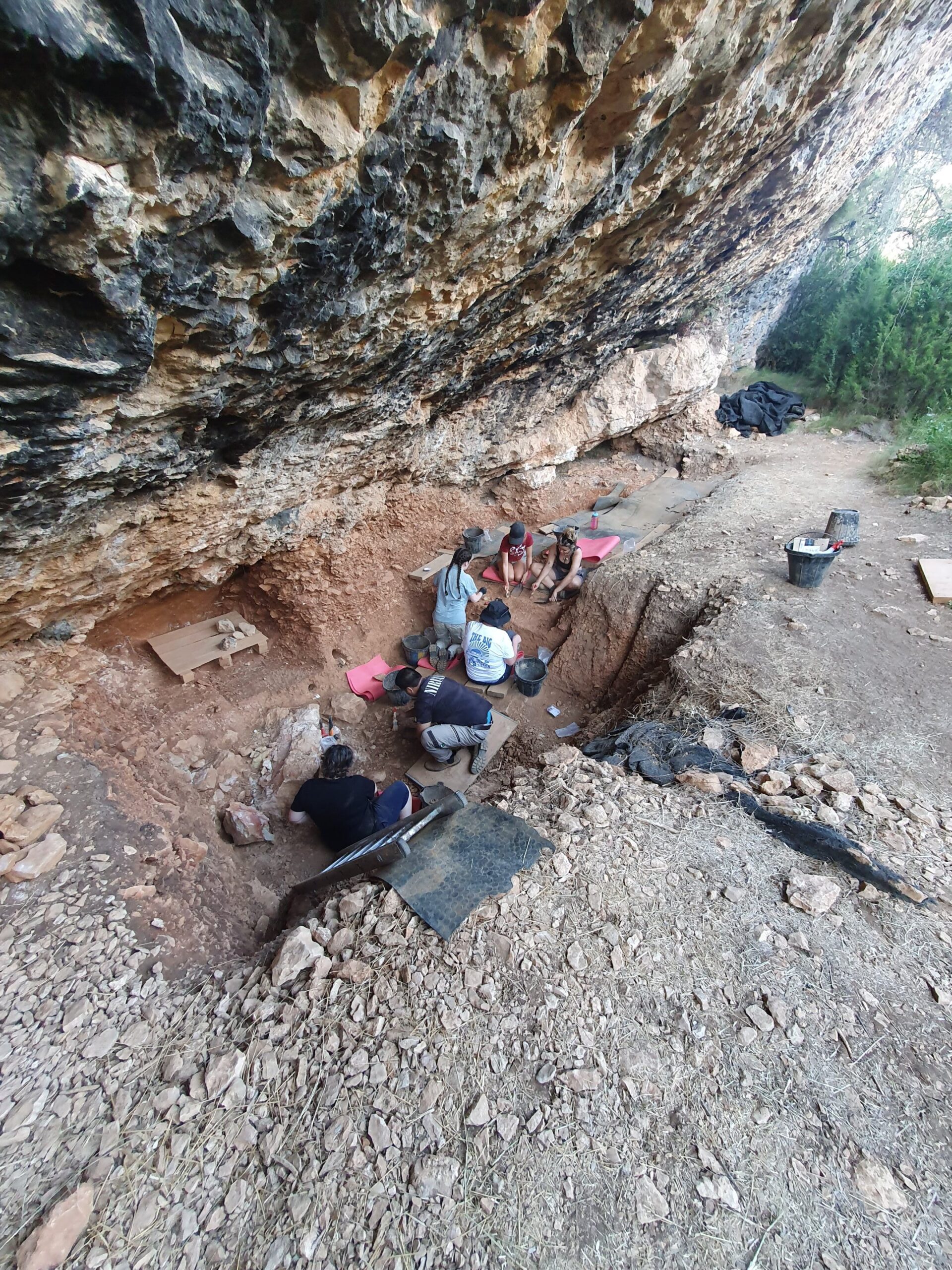A hidden gem in the form of an uncharted site in the Southern Pyrenees is rewriting the narrative of Neanderthal existence. According to a groundbreaking study by The Australian National University (ANU), the site, known as Abric Pizarro, offers a unique window into a previously obscure period of Neanderthal history—between 100,000 and 65,000 years ago.
The findings, published in the Journal of Archaeological Science, overturn preconceived notions about these ancient humans. Far from being slow-witted and inept, Neanderthals at Abric Pizarro exhibited remarkable adaptability and survival skills.
Dr. Sofia Samper Carro, the lead author and an ANU archaeologist, explains that the site has yielded a treasure trove of artifacts, including stone tools, animal bones, and other remnants of Neanderthal life. This rich collection provides unprecedented insights into their daily lives during a critical, yet poorly understood, era.
Evidence suggests that Neanderthals were skilled hunters, capable of taking down a variety of prey, from large animals like red deer and bison to smaller creatures like turtles and rabbits. This dietary diversity implies a level of planning and resourcefulness previously underestimated in these ancient humans.
“Our findings challenge the long-held belief that Neanderthals were solely dependent on large game,” says Dr. Samper Carro. “The well-preserved bones at Abric Pizarro, bearing clear cut marks, provide concrete proof of their ability to hunt and process smaller animals.”
The site also reveals a sophisticated toolkit, indicating Neanderthals were adept at utilizing the available resources to create tools suited to their environment. This diversity in toolmaking further highlights their cognitive abilities.
These new discoveries bring researchers closer to unraveling one of the greatest mysteries of human history: the extinction of Neanderthals. By studying sites like Abric Pizarro, scientists can piece together a more complete picture of Neanderthal life before the arrival of modern humans.
“Neanderthals thrived in this region for hundreds of thousands of years,” says Dr. Samper Carro. “They understood their environment intimately and had developed successful strategies for survival. Their disappearance around 40,000 years ago, shortly after the emergence of modern humans, remains a puzzle.”
To gain a precise understanding of Neanderthal behavior, researchers employ meticulous excavation techniques, creating detailed 3D records of the site. This painstaking process, while time-consuming, provides invaluable data on the spatial distribution of artifacts and remains, offering clues about Neanderthal activities and settlement patterns.
“By examining the relationships between different elements, we can reconstruct Neanderthal life with unprecedented accuracy,” explains Dr. Samper Carro. “Were they temporary visitors or established residents? How did they interact with their surroundings? These are questions we can now begin to answer.”
The collaboration between ANU and the Autonomous University of Barcelona has been instrumental in this groundbreaking research. Together, they are shedding new light on our ancient relatives and challenging long-standing assumptions about their capabilities.
As the investigation continues, the secrets of Abric Pizarro promise to reveal even more about the Neanderthals and their place in human history.
Source: Australian National University
